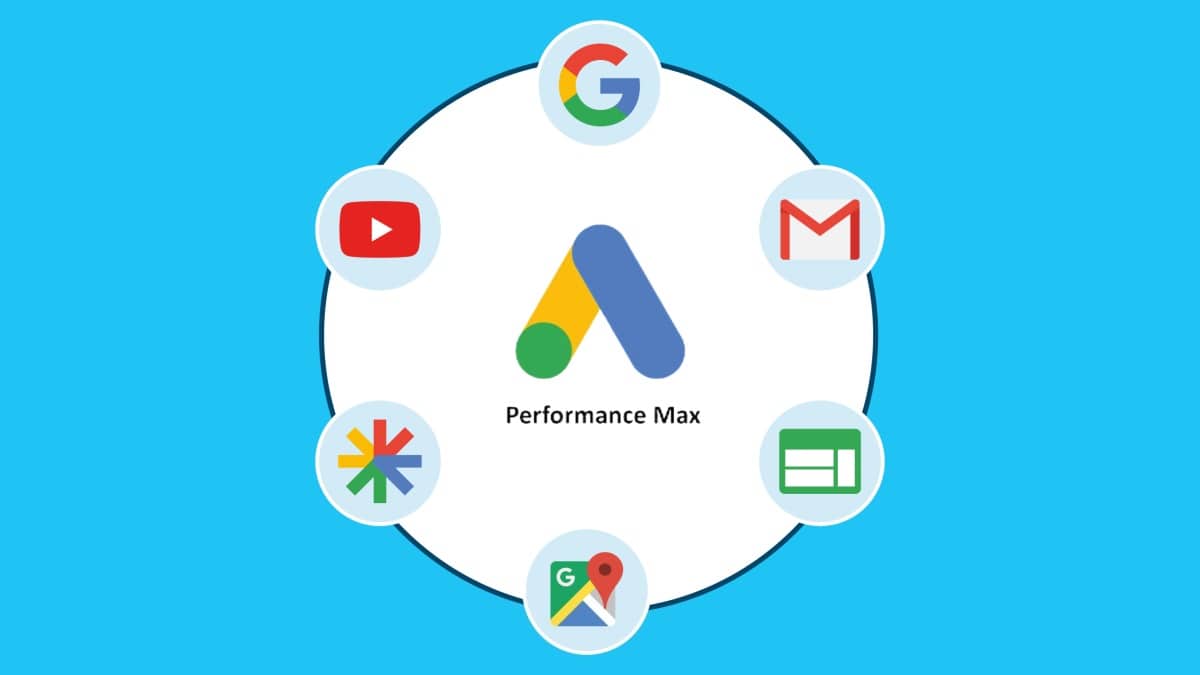With so much experience running Google Shopping campaigns for our Sydney and Australian clients, we pay particularly close attention to structuring campaigns to suit our client’s exact needs. Unless your every product has the same price, profit margin and importance then you need a well architected Google Shopping campaign. Without this your campaign can optimise to high ROAS (return on ad spend) products even if these are $5 parts when you actually want to sell the $5,000 machines.
Here are some tips and tricks we implement when setting up our Shopping accounts. Note when we mention shopping campaigns we mean the legacy shopping campaigns and the newer smart shopping campaigns.
- Firstly, you need to segment your products according to your need. Eg you have high profit machines and low profit parts. Ideally work out a unifying website product attribute that allows you to filter the high / low value products.
- Then create 2 separate shopping campaigns and import one set to each of the campaigns. Allocate more budget to higher profit products and vice versa.
- Now to select the right automated bid strategy. Generally we prefer maximise conversion value on our shopping campaigns but if you only want sales at a certain return on ad spend then you can add a ROAS target to that bid strategy as well. Eg if you are happy to get leads for parts but only if you get $5 : $1 ROAS (invest $1 of Google ad spend and get $5 resulting revenue) then add a 500% ROAS target.
- Now enable the campaigns and soon after you will need to do your normal post live checks on spend rate, conversions, and performance by product / device / demographic / time of day, etc. For standard Google shopping campaigns, you will also need to check the search term report and add negative keywords (not possible in smart shopping).
- It’s also important to check the product diagnostics in either Google Ads or Google Merchant Centre to ensure as many of your products are serving without disapproval or limited visibility.
- Try to have patience and let the campaign find its feet for at least a week before making any significant changes – too much tinkering can mean the campaign doesn’t have enough data points and never leaves the learning phase
- Once you get to 2-3 weeks into the campaign we would deem that you have a statistically significant amount of data to make decisions. At this point, we would check the return on ad spend and impression share to work out whether the budget allocation per campaign is correct or needs to be adjusted. Eg the high-price products campaign is delivering great profit but your impression share is 50% then double your budget to get to the entire available market and your cost per lead will remain roughly the same.
- Longer-term without enough data you can split the campaigns again. Eg you have extra stock of machine type 1 than types 2 & 3, so split the campaign out accordingly and start again. Obviously, there is a learning phase each time you make these changes but you will have the ability to push desired products by filtering products and building campaigns using this methodology.
Good luck out there and let us know how you go or if you have any questions. Find out more about Google Shopping by contacting us using the form below:








